Mosaic. Photographs of Pierre Boulat
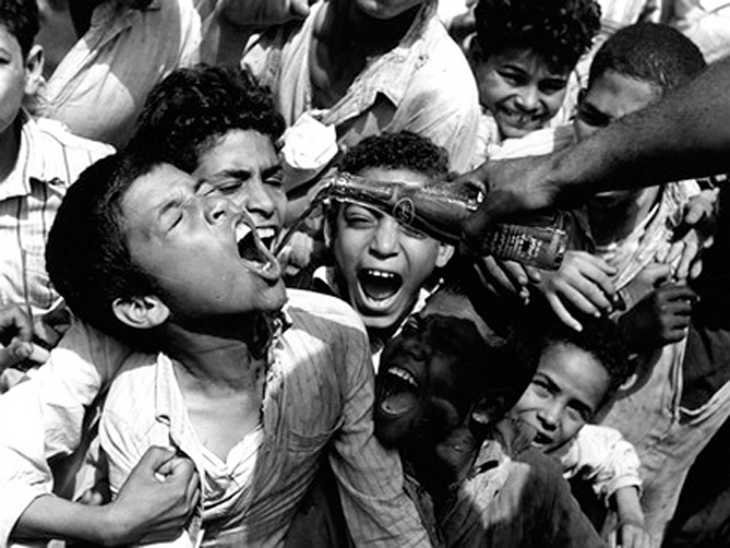
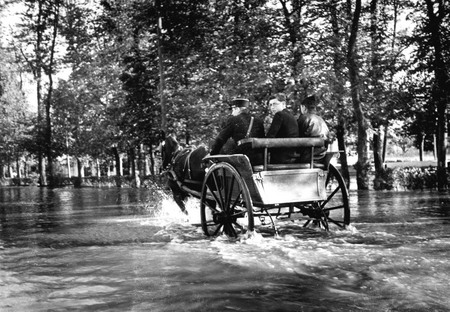
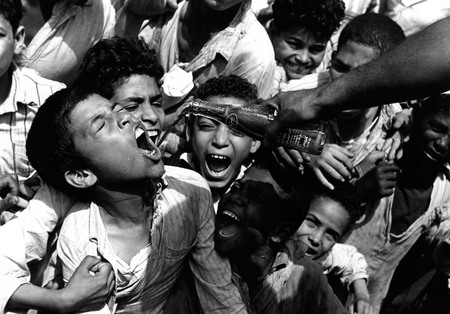
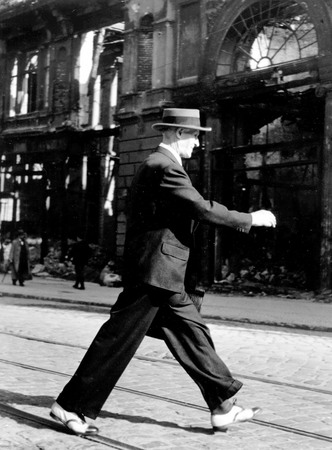

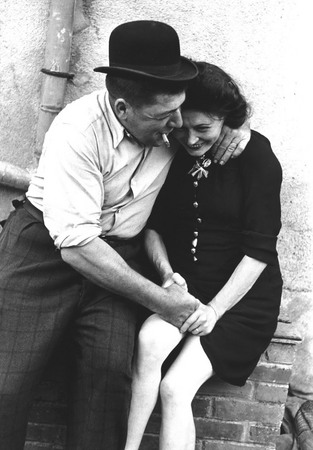
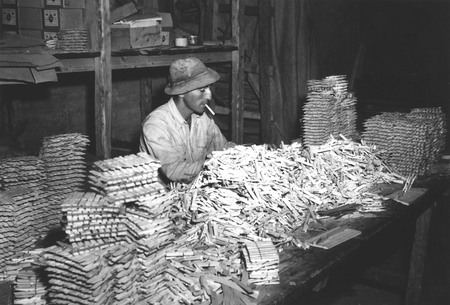
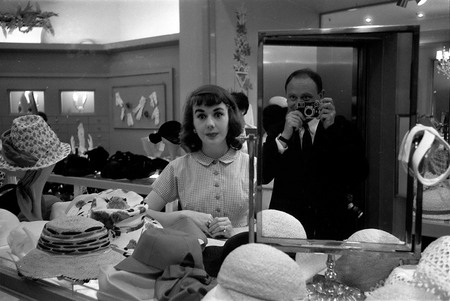

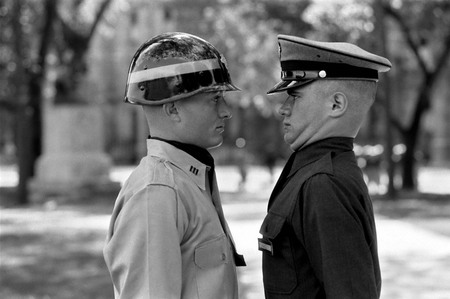
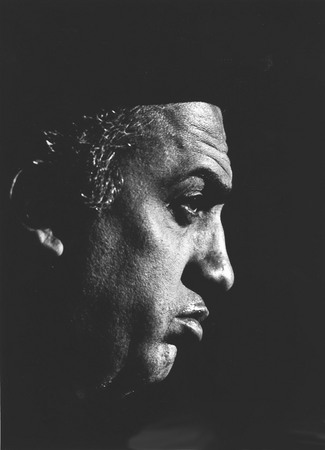
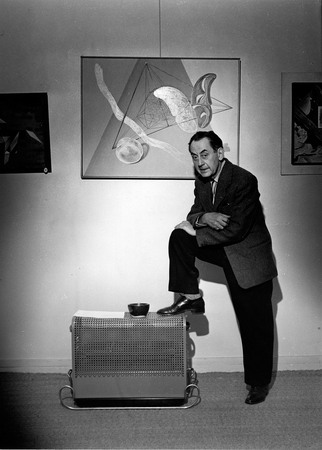
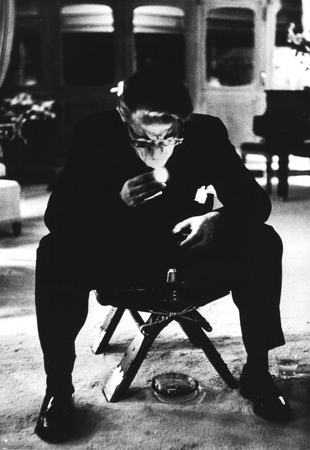
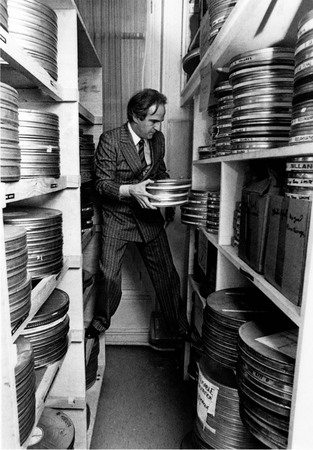
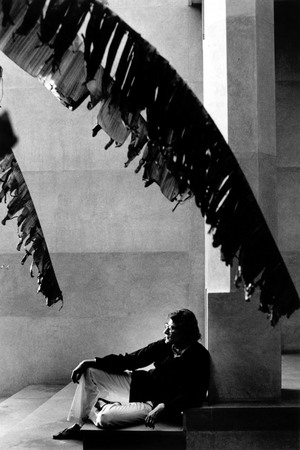
Pierre Boulat. Egyptians taste Pepsi Cola. Cairo, Egypt. 1946. © Pierre Boulat / COSMOS
Pierre Boulat. Arrest in Vichy, France. 1942. © Pierre Boulat / COSMOS
Pierre Boulat. Egyptians taste Pepsi Cola. Cairo, Egypt. 1946. © Pierre Boulat / COSMOS
Pierre Boulat. Berlin right after the war: a man walking in the street with brand new shoes bought in the United States in 1939. 1945. © Pierre Boulat / COSMOS
Pierre Boulat. Arrival of Mac Millan to the Elysée Palace to summit. Paris. May , 1960. © Pierre Boulat / COSMOS
Pierre Boulat. A couple at wedding. Wedding Berichone, France May , 1945. © Pierre Boulat / COSMOS
Pierre Boulat. Young Israeli makes clothespegs in kibbutz. Israel May , 1946. © Pierre Boulat / COSMOS
Pierre Boulat. Look of Frenchman at American women. USA. Reflection of Pierre Boulat at mirror in New York shoporkais. May , 1957. © Pierre Boulat / COSMOS
Pierre Boulat. Cadets of West Point ‘Beast Barracks’. USA. Dancing lesson. May , 1957. © Pierre Boulat / COSMOS
Pierre Boulat. Cadets of West Point ‘Beast Barracks’. USA. First day May , 1957. Face to face with captain instructor. ‘You have one month to take away your double chin’… ‘Yes Sir!’ © Pierre Boulat / COSMOS
Pierre Boulat. Federico Fellini at time of shooting «Juliette and Spirits» at studio Cinecita in Rome. May , 1964 © Pierre Boulat / COSMOS
Pierre Boulat. Man Ray in front of his own work at the exhibition in Parisian Gallery. May , 1954. © Pierre Boulat / COSMOS
Pierre Boulat. Aristotelis Onassis at his yacht in Monte Carlo May , 1955. © Pierre Boulat / COSMOS
Pierre Boulat. François Truffaut among his films collection May , 1981. © Pierre Boulat / COSMOS
Pierre Boulat. Yves Saint-Laurent on steps of house in Marrakech May , 1976. © Pierre Boulat / COSMOS
Saint Petersburg, 26.11.2010—10.12.2010
exhibition is over
The Anna Akhmatova Museum at The Fountain House
Share with friends
Collection family Boulat, Paris.
Presented by Pierre and Alexander Boulat Foundation.
Supported by: Culturesfrance
and Novatek.
Exhibition shedule
-
27.05.2010—3.06.2010
Sochi
Exhibition Hall of the Deport, Sochi
-
12.07.2010—29.08.2010
Hanty-Mansiysk
Museum of Nature and Human
-
13.09.2010—24.10.2010
Perm
Perm State Art Gallery
-
26.11.2010—10.12.2010
Saint Petersburg
The Anna Akhmatova Museum at The Fountain House




